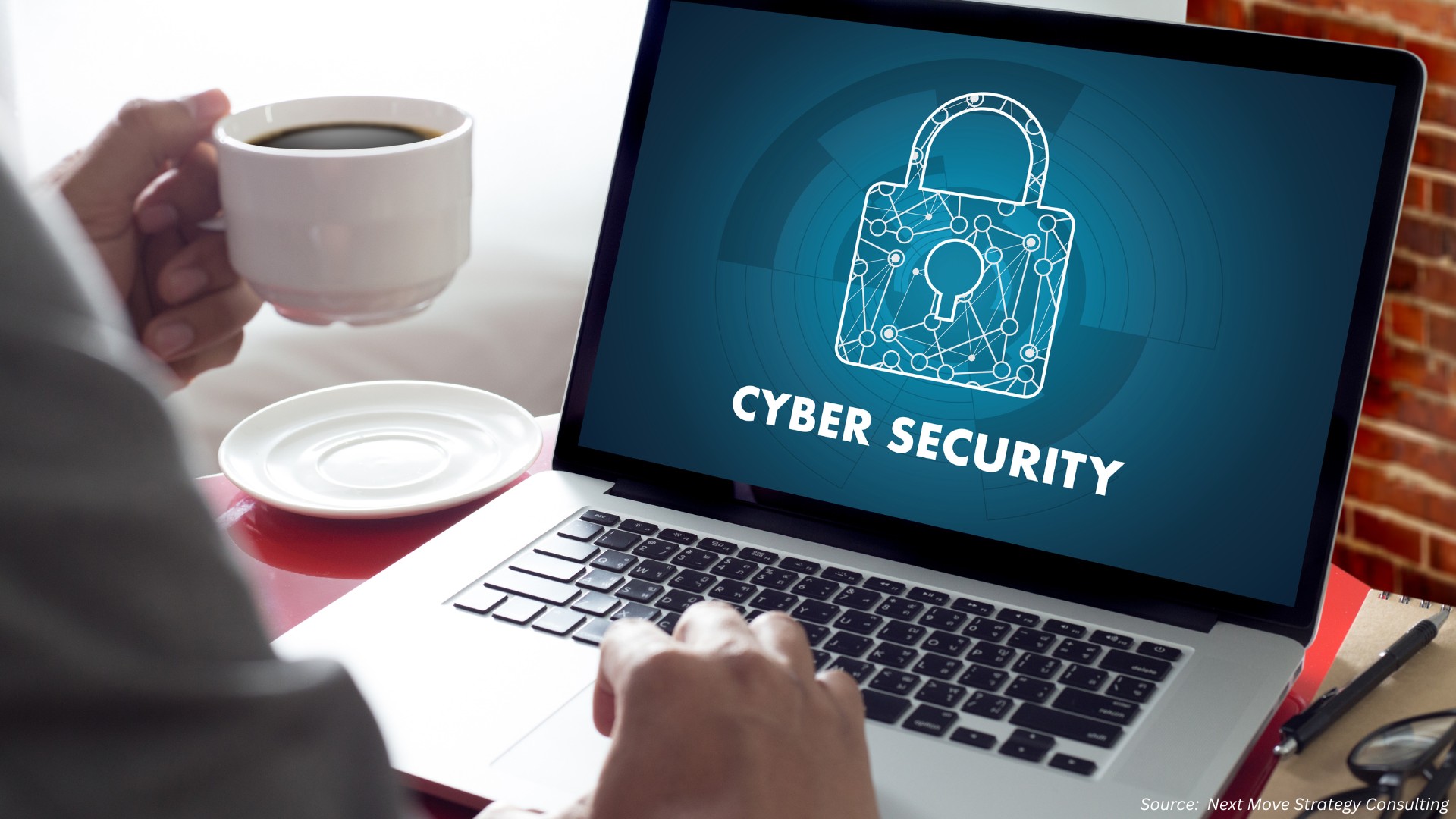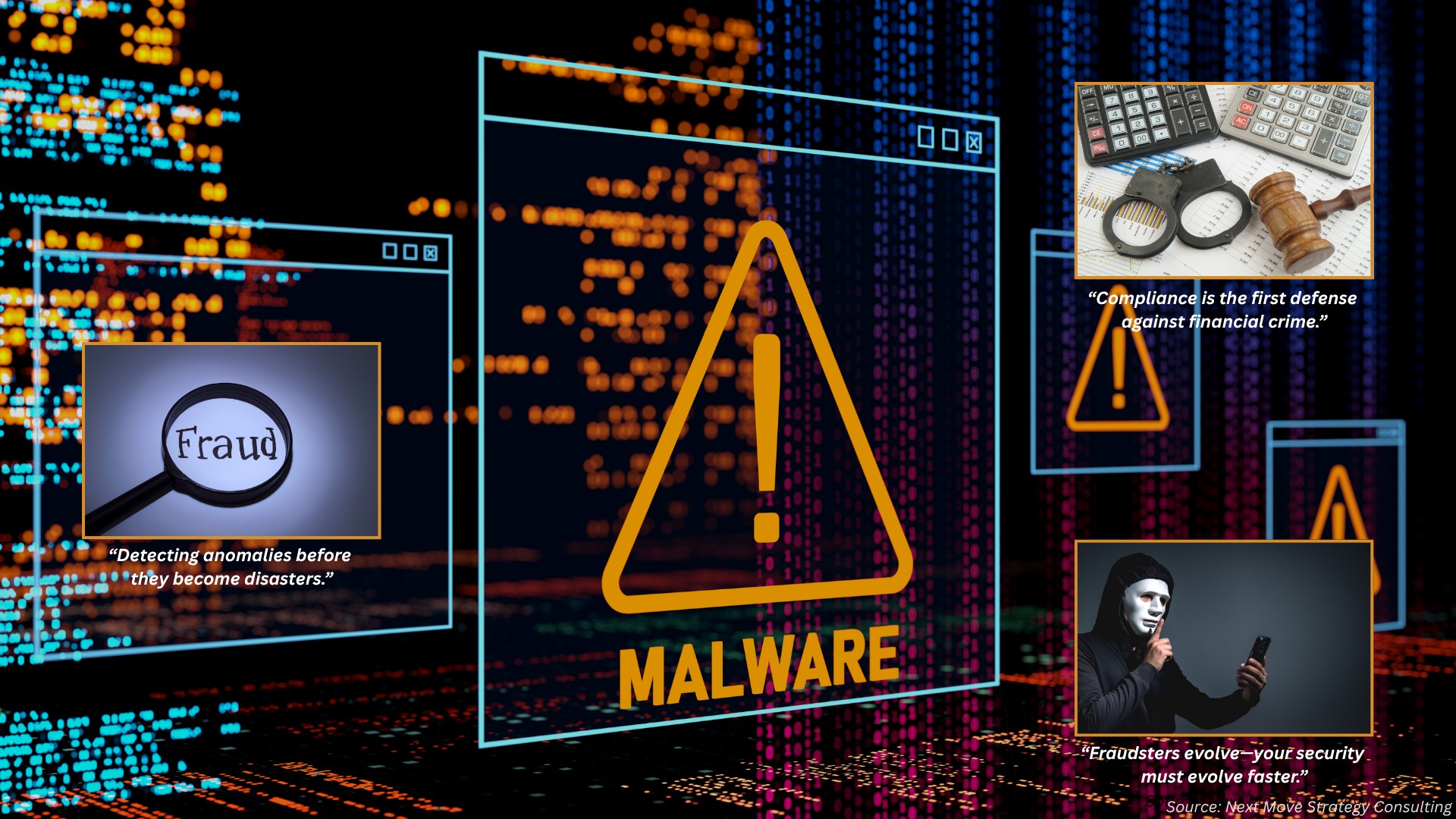Is Your Data Safe? Cybercrime Risks in 2025 & Beyond
Published: 2025-09-16

Introduction
Cybersecurity is a critical issue for businesses and individuals in today's digital age. With the increasing use of technology in all aspects of our lives, we are more connected than ever before. But this also means that we are more vulnerable to cyber-attacks. Cybercriminals are constantly finding new ways to exploit vulnerabilities in our systems to gain unauthorized access, steal sensitive information, and disrupt operations.
One of the most significant cyber threats today is the use of malware. This is a type of malicious software that is designed to infiltrate a computer system, steal information, or disrupt operations. Some examples of malware include viruses, worms, and Trojans. These types of malwares can spread through email, social media, and other online channels.
Another major cyber threat is the use of phishing scams. These are attempts to trick individuals into providing sensitive information, such as passwords or credit card numbers, through the use of fake websites or emails. These scams can be very sophisticated and may appear to be from legitimate sources, making them difficult to detect.
Another cyber threat is the use of ransomware. This is a type of malware that encrypts the victim's files, making them inaccessible, and then demands a ransom payment in exchange for the decryption key. This type of attack can be very disruptive and costly for businesses, as they may lose access to important files and data.
A Closer Examination of Various Types of Cybersecurity
There are different types of cybersecurity, each with its own specific focus and objectives. Some of the main types of cybersecurity include:
-
Network security - This type of cybersecurity focuses on protecting the networks and infrastructure of organizations from cyber-attacks and unauthorized access. It includes the use of firewalls, intrusion detection & prevention systems, and other technologies to secure networks and data.
-
Endpoint security - Endpoint cybersecurity is focused on protecting individual devices such as computers, smartphones, and tablets from cyber-attacks. It includes the use of anti-virus software, firewalls, and other security measures to protect devices from malware and other threats.
-
Application security - This type of cybersecurity focuses on protecting the software applications that organizations use to protect themselves from cyber- attacks. It includes the use of secure coding practices, penetration testing, and other measures to secure applications and protect them from vulnerabilities.
-
Cloud security - This form of cybersecurity focuses on protecting data and applications that are stored and accessed on cloud-based platforms. It includes the use of encryption, access controls, and other security measures to protect data and applications from unauthorized access and cyber-attacks.
-
Identity and access management (IAM) - Identity and access management (IAM) is focused on controlling and managing access to systems, networks, and data. It includes the use of authentication, authorization, and access control measures to ensure that only authorized users have access to sensitive information.
-
Incident response and disaster recovery - This form of cybersecurity focus on identifying and responding to cyber incidents, and on recovering from cyber-attacks. It includes the use of incident response plans, disaster recovery plans, and other measures to mitigate the impact of cyber -attacks and restore normal operations.
-
Cryptography - This approach of cybersecurity is focused on protecting the confidentiality and integrity of data by using encryption and decryption methods. It includes the use of cryptographic algorithms and protocols to protect data from unauthorized access, modification, or disclosure.
-
IoT security - IoT security is focused on protecting the Internet of Things (IoT) devices from cyber-attacks. It includes the use of security protocols, encryption, and secure communication to protect IoT devices from unauthorized access, data breaches, and other threats.
Cutting-Edge Methodologies Used in Cybersecurity
Here are a few examples of the latest advanced technologies used in cybersecurity. Some of them are discussed below:
-
Deception technology: This is a new approach to cybersecurity that uses decoys, traps, and other methods to detect and disrupt cyber- attacks. It works by creating a false environment that looks like the real one to attackers, allowing security teams to detect and respond to threats before they can cause damage.
-
Blockchain: This technology is used to create secure and decentralized systems for online transactions, data storage, and other applications. This technology allows multiple parties to share and access data in a secure and transparent way, making it difficult for attackers to tamper with or steal the data.
-
Quantum-Safe Cryptography: Quantum-safe Cryptography uses mathematical algorithms that are resistant to Quantum Computing attacks, ensuring the security of sensitive data even in the face of powerful Quantum computers.
-
AI-Driven Automated Threat Response: AI-Driven Automated Threat Response uses Machine Learning algorithms to analyze and respond to cyber threats in real-time. It can learn from past incidents and automatically take action to neutralize a threat, without the need for human intervention.
-
Zero Trust Network: Zero thrust network uses a variety of security tools and techniques, such as multi-factor authentication, network segmentation, and micro-segmentation to protect against cyber threats.
-
Cloud Security Posture Management (CSPM): This is a security technique that helps organizations to identify misconfigurations, vulnerabilities and compliance violations in their cloud environment. It provides real-time visibility and automated remediation capabilities to help organizations protect their cloud environment from cyber threats.
Competitive Landscape
There are numerous companies that are engaged in the manufacturing of cyber security. Some of the leading players are fortifying their positions through a range of strategies, including the new products launches, partnerships, collaboration, acquisitions, and others.
Next Move Strategy Consulting recognizes at least five biggest players in the market including Palo Alto Networks, IBM, Cisco Systems Ltd. Norton Lifelock, Fortinet Inc., and others.
Conclusion
In conclusion, cyber security is a critical issue that affects organizations of all sizes and industries. Implementing strong security measures, such as multi-factor authentication, regular software updates, firewalls, and employee training, is essential for protecting against cyber-attacks. It's also important to conduct regular security assessments, have an incident response plan in place, and regularly backup important data. By following these steps, organizations can better protect themselves from cyber threats and minimize the potential impact of a security breach.
About the Author
 Sikha Haritwal is a researcher with more than 3 years of experience. She has been keeping a close eye on several industry verticals, including technology, cloud, cyber security and consumer electronics. She has an avid interest in writing news articles and hopes to use blogs as a platform to share her knowledge with others. When she is not following industry updates and trends, she spends her time reading, writing poetry, cooking, and photography.
Sikha Haritwal is a researcher with more than 3 years of experience. She has been keeping a close eye on several industry verticals, including technology, cloud, cyber security and consumer electronics. She has an avid interest in writing news articles and hopes to use blogs as a platform to share her knowledge with others. When she is not following industry updates and trends, she spends her time reading, writing poetry, cooking, and photography.
About the Reviewer
 Debashree Dey is a skilled Content Writer, PR Specialist, and Assistant Manager with strong expertise in Digital Marketing. She specializes in crafting visibility strategies and delivering impactful, data-driven campaigns. Passionate about creating engaging, audience-focused content, she helps brands strengthen their online presence. Beyond work, she draws inspiration from creative projects and design pursuits.
Debashree Dey is a skilled Content Writer, PR Specialist, and Assistant Manager with strong expertise in Digital Marketing. She specializes in crafting visibility strategies and delivering impactful, data-driven campaigns. Passionate about creating engaging, audience-focused content, she helps brands strengthen their online presence. Beyond work, she draws inspiration from creative projects and design pursuits.
















Add Comment